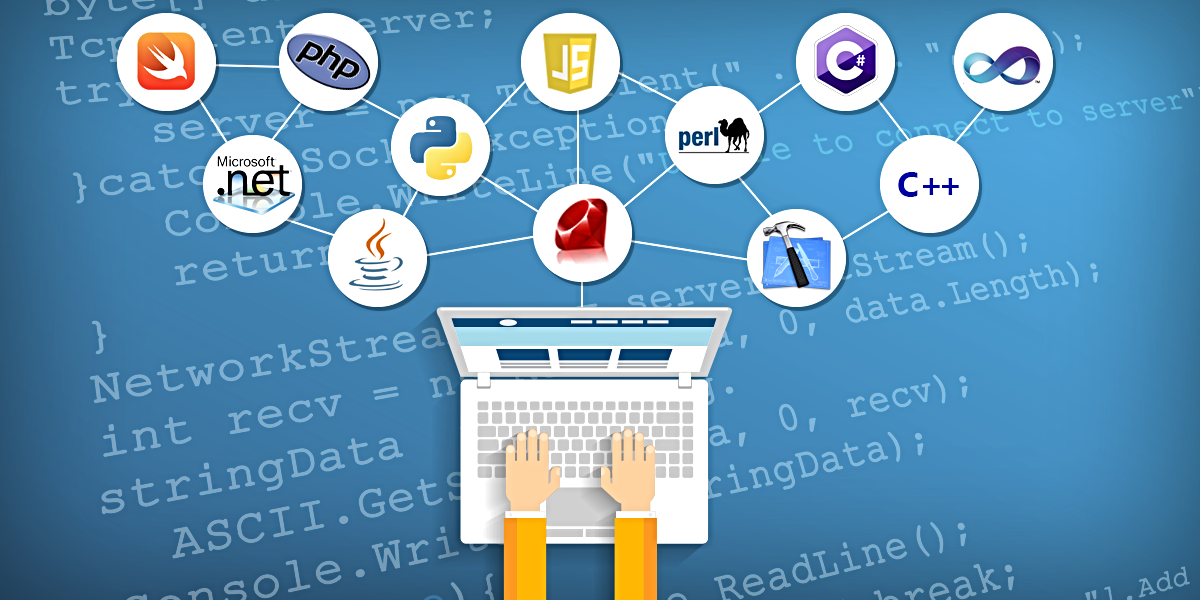Bias & Action

Did you pick your first programing language yet? Was it Processing? If yes, please continue reading. If no, please try again and re-read our first article on programing.
Great. Now lets get on with it.
Determining What You Want Your Program to Accomplish
Did you figure out what to do? Or what you were supposed to do? If you have no idea what you want to do, why are you even programing? Really? Because if ‘you’ haven’t figured out what you want to do with programing, then it is a waste of your time.
It doesn’t matter whether or not you “just want to learn to program” or want to make the AAA game; you need to have a goal in mind. That goal, and the lessons getting you there, step by step, vary wildly depending on what you want to do. For your own good, please have a defined idea. (It’s OK if it changes.)
Lets Get Started
Before you start anywhere with tutorials, books, forums, etc., start here with Hello Processing. You’ll need to set aside one solid hour
(up to two if you want to play) to get your feet wet with Processing. What you get out of this tutorial is an interactive, step-by-step introduction to the most basic facets of the language. It’s really important that ‘this’ is your jumping-off point because you get immediate audio, visual, and interactive feedback. You are presented with basic ideas, shown those ideas, and encouraged to play with what you are shown.
Now wait a day…
I really want you to wait a day because it helps your mind soak in all the experiences from Hello Processing. Ask yourself the following: Did you like programing? Was it complicated or easy? Does the idea of programing align with your thought of what it would be like? – All important questions when starting something as new and complex as programing.
Waiting a day helps you determine if you’re ready to continue. If you’re not quite sure, I’d highly suggest you go back to Hello Processing tutorial and just go straight to the lessons again. Play around, try different things with the tools you’ve learned to experiment a bit.
Get comfortable.
Choo Choo!
OK, you’ve certainly gotten your feet wet by now, so it’s time to graduate, and take a ride on The Coding Train! All aboard!
Daniel Shiffman, a project lead at the Processing Foundation,
and professor at NYU, has created a treasure trove of Youtube videos covering a wide range of activities using (you guessed it) Processing. In fact, you’ve already spent time learning from Daniel as he is the instructor in the Hello Processing tutorial. His energetic optimism for programing really sets him apart from many (if not most) traditional Computer Science instructors teaching any programing language or environment.

I highly suggest going through the playlists one by one, starting with Introduction –
Processing Tutorial and working your way through the subsequent 1-10 lessons. If however, you cannot take this structure in a linear fashion, I would suggest you spend a bit of time over at his website for his book “Learning Processing 2nd Edition” (and no, we don’t get a cut) to go through select examples of what’s inside the book. These examples will help you gain a richer understanding of how the most simple programing functions can be immensely useful, and build off of on another.
Now you should be chugging along.
Next Steps
As promised in the previous post, I’ll address Processing in future blog posts, and even host a workshop (or two or three) in our Gateways and Hubs, so stay tuned & happy ‘hacking’!
About LIGHTS: Ohio University’s Innovation Center founded the LIGHTS (Leveraging Innovation Gateways and Hubs Toward Sustainability) program in 2016. LIGHTS’ Innovation Network catalyzes the creation of companies to create high-wage jobs, and attract greater private investment in the coal-impacted regions of Ohio, West Virginia, and Kentucky. The Appalachian Regional Commission generously f
unded the program because of its unique way of matching complex problems and opportunities facing corporations, communities, and individuals to a network of two strategically-placed Innovation Hubs and seven Gateways. New marketable products arise from these problems. The Gateways and Hubs are new business incubators and makerspaces serving a 28-county area.